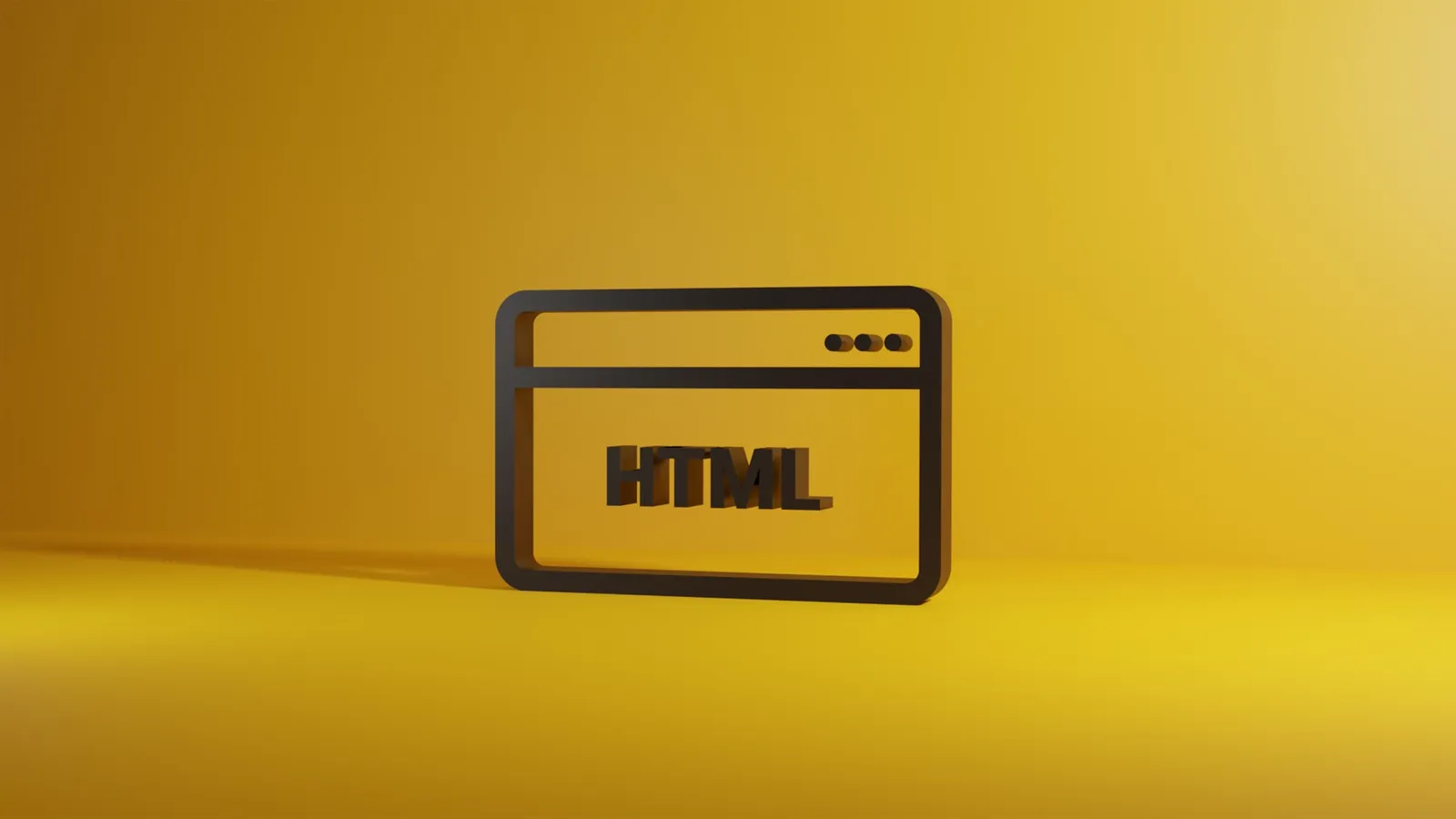- Published on
Exploring Lesser-Known HTML Attributes for Enhanced Web Development
- Authors

- Name
- Khalil
- @Im_Khalil

HTML is super important for websites and can do a lot of different things. You might know about stuff like class and id, but there are other special things in HTML that can make your web pages even better. Let's check out some of these cool hidden features in this blog post!
Here's a comprehensive list of all the lesser-known HTML attributes:
contenteditable
The contenteditable attribute is a game-changer when it comes to creating interactive web applications. Applied to elements like <div>, it allows users to edit the content directly in the browser.
<div contenteditable="true"> This content can be edited.</div>
spellcheck
Enhance user experience by controlling spell checking in input elements. The spellcheck attribute can be set to false to disable spell checking.
<input type="text" spellcheck="false" />
hidden
Keep your HTML clean by hiding elements until they are needed. The hidden attribute does just that.
<p hidden>This paragraph is hidden.</p>
download
Want to offer downloadable content with a simple link? Use the download attribute in <a> tags.
<a href="file.zip" download>Download ZIP</a>
draggable
Enable drag-and-drop functionality by utilizing the draggable attribute. Combine it with JavaScript for a powerful user experience.
<div draggable="true">Drag me!</div>
sandbox
Securely embed content in iframes with the sandbox attribute. It allows you to control the permissions of the embedded content.
<iframe src="example.com" sandbox="allow-scripts"></iframe>
async and defer
Fine-tune script execution with the async and defer attributes in <script> tags. They control when scripts are loaded and executed.
<script async src="script.js"></script>
<script defer src="script.js"></script>
scoped
Limit the scope of your styles to specific elements using the scoped attribute in <style> tags.
<div>
<style scoped>
p { color: blue; }
</style>
<p>This paragraph is blue.</p>
</div>
ismap
The ismap attribute is used in the <img> tag to indicate that the image is part of a server-side image map. This attribute is crucial when you want to create interactive image maps with clickable regions.
<img src="image.jpg" ismap />
autocapitalize
Fine-tune the capitalization behavior of text input fields using the autocapitalize attribute. This is especially useful in form controls.
<input type="text" autocapitalize="words" />
nomodule
In the world of modern JavaScript, the nomodule attribute in <script> tags prevents the script from executing in browsers that support ES6 modules. This is handy when you have a fallback script for older browsers.
<script nomodule src="fallback.js"></script>
form
Associate an input element with a specific form, even if it's not directly nested within it, using the form attribute.
<input type="text" name="username" form="loginForm" />
sizes
Fine-tune the display of your favicon on different devices using the sizes attribute in the <link> tag.
<link rel="icon" href="favicon.ico" sizes="16x16 32x32" />
open (in <details>)
The open attribute in the <details> tag specifies that the details content should be visible (open) by default.
<details open>
<summary>More Details</summary>
<p>Hidden content is visible by default.</p>
</details>
dropzone
The dropzone attribute in form elements defines an area where files can be dropped for upload.
<input type="file" dropzone="copy" />
crossorigin
The crossorigin attribute is used in <script>, <img>, and <link> tags to control how the browser handles cross-origin requests for the associated resource.
<script src="script.js" crossorigin="anonymous"></script>
itemtype, itemscope, and itemprop
These attributes are part of the Microdata specification and are used to provide machine-readable information about the content on a page.
<div itemscope itemtype="http://schema.org/Person"> <span itemprop="name">John Doe</span></div>
high and low (in <meter>)
The high and low attributes in the <meter> element define the upper and lower bounds of the range represented by the meter.
<meter value="60" min="0" max="100" low="30" high="70">60%</meter>
language (in <script>)
The language attribute is used in the <script> tag to specify the scripting language of the embedded code.
<script language="JavaScript">
// JavaScript code here
</script>
content (in <meta>)
The content attribute in the <meta> tag is used to provide metadata information, such as character set or viewport settings.
<meta charset="UTF-8" />
controls (in <picture>)
The controls attribute in the <picture> element is used to specify whether the user should be able to control the playback of the media.
<picture controls>
<source srcset="image.webp" type="image/webp" />
<img src="image.jpg" alt="Description" />
</picture>
dirname (in <input> with type="text" or type="search")
The dirname attribute is used to specify the directionality of the text in an input field.
<input
type="text
"
dirname="rtl"
/>
oncontextmenu
The oncontextmenu attribute is used to specify a JavaScript function that will be executed when the right mouse button is clicked on an element.
<div oncontextmenu="showContextMenu(event)">Right-click me</div>
translate (in <html> or <body>)
The translate attribute is used in the <html> or <body> tag to specify whether the content of the page should be translated.
<html translate="no"></html>
pattern (in <input> with type="text" or type="password")
The pattern attribute is used to specify a regular expression that the input's value must match.
<input type="text" pattern="[A-Za-z]{3}" />
reversed (in <ol>)
The reversed attribute is used in the <ol> tag to indicate that the order of the list items should be reversed.
<ol reversed>
<li>Third item</li>
<li>Second item</li>
<li>First item</li>
</ol>
These attributes provide a wealth of options for developers to enhance their web pages. As always, consider the specific requirements of your project and ensure browser compatibility for a seamless user experience. Stay tuned for more insights into the world of web development!